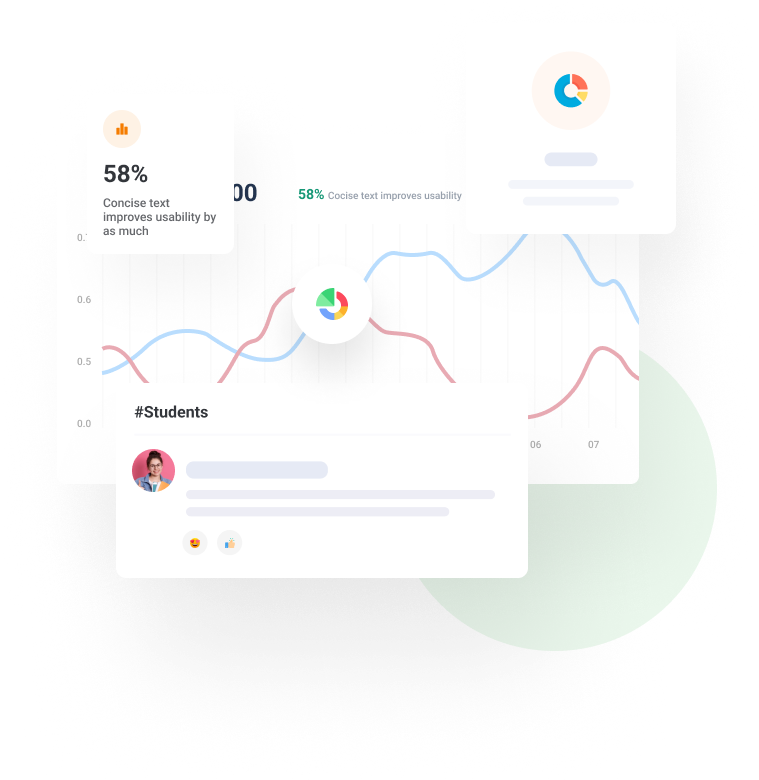Animation analytics in an interactive textbook for material and energy balances
Published American Society for Engineering Education, 2022
Authors
Matthew W Liberatore
Professor, Department of Chemical Engineering, University of Toledo
Kevin Xu
Assistant Professor, Electrical Engineering and Computer Science Department, University of Toledo
Abstract
Interactive textbooks generate big data through student reading participation, including animations, question sets, and auto graded homework. Animations are multi-step, dynamic visuals with text captions. By dividing new content into smaller chunks of information, student engagement is expected to be high, which aligns with tenets of cognitive load theory.
Specifically, students’ clicks are recorded and measure usage, completion, and view time per step and for entire animations. Animation usage data from an interactive textbook for a chemical engineering course in Material and Energy Balances accounts for 60,000 animation views across 140+ unique animations. Data collected across five cohorts between 2016 and 2020 used various metrics to capture animation usage including watch and re-watch rates as well as the length of
animation views. Variations in view rate and time were examined across content, parsed by book chapter, and five animation characterizations (Concept, Derivation, Figures and Plots, Physical World, and Spreadsheets). Important findings include: 1) Animation views were at or above 100% for all chapters and cohorts, 2) Median view time varies from 22 s (2-step) to 59 s (6-step) -a reasonable attention span for students and cognitive load, 3) Median view time for animations characterized as Derivation was the longest (40 s) compared to Physical World animations, which resulted in the shortest time (20 s).









